Speculative Design Laboratory for Eco-Funerals
Why does death have a negative impact on the environment if it is a natural process?
Traditional funerals, whether through burial or cremation, constitute a significant source of carbon emissions. Toxicity arises from coffin varnishes, padding with synthetic textiles, clothing, foams in floral arrangements, and the use of formaldehyde and other similar chemicals in embalming. We die in the same way we live: manipulated by the industry to consume unnecessary and polluting products, generating an ecological footprint, and disconnected from the earth and the cycles of life.
Can design be used to promote more ecological funeral ceremonies? What objects do we need in our farewell rituals, and what other materialities can be designed?
These are the questions with which we began collaborating with a group of students from the “Design Research” master’s program at the BAU School of Art and Design as part of the “Material Cultures & Ecology of Design” course taught by Cris Noguer in December 2023.
The debate sparked by our questions focused on the standpoint of this research. When placed in contexts of war, genocide, famine, and extreme poverty, these questions highlight the privileged environment from which they are raised. They also reveal the necropolitics carried out in Europe, determining which bodies deserve dignified treatment and which do not.
The research, titled “Dying Cool. Collective Learnings to Redesign Death,” is situated in the Spanish context. It responds to the funeral industry and a legislative framework that controls and limits our decisions regarding how our bodies are treated after death. It is also rooted in a culture where the taboo of death partly stems from our history. During the years of dictatorship in Spain, talking openly about mourning for those on the republican side was dangerous, leading to a silent indoctrination. Speaking about the dead and death is not ingrained in our culture – This idea is explained and developed very well by Julia Cid from Som Provisionals in the interview we did for Morir Guay. Transition rituals.
Questioning death and how we die always reflects our values about life. We cannot reconcile with death and explore alternatives without understanding ecological crises from a climate justice perspective. Any answer fundamentally involves transitioning to non-extractive systems and relationships and adopting radical forms of action, care, and repair.
The first session with students helped establish a framework where each individual could prototype and experiment with materials linked to each territory and story. The co-creation process is established through dialogue, the exchange of material recipes, and mutual collaboration among students.
The course “Material Cultures & Ecology of Design” operates on the hypothesis that if we can understand the territory, we can build relationships with materials that adhere to more ethical and ecological principles. Critical design based on material exploration revisits the production systems that have enabled the current material and object culture. This involves understanding the link between material extraction, its social and ecological impact, and manufacturing models based on economic efficiency. The main tool is experimentation, working with the body, hands, and the abundant material around us to prototype alternative manufacturing methods. These are physical processes of observation and dialogue based on trial and error, supported by the concept of open recipes and having a high sensory and ritualistic component.
Participants:
Maialen Argoitia / Heloisa Barbosa / Andrea Chaves / Olga Cherevko / Sofia Dzimwasha / Mohammed Elsabee / Laura Ferro / Vanessa Geldres / Helena Gimeno / Ana Hernando / Marta Llurba / Nico Mendez / Mercedes Otegui / Virginia Padovani / Zofia Pluto-jakowczyk / Mariajo Porras / Matilde Sartori / Fátima Valer


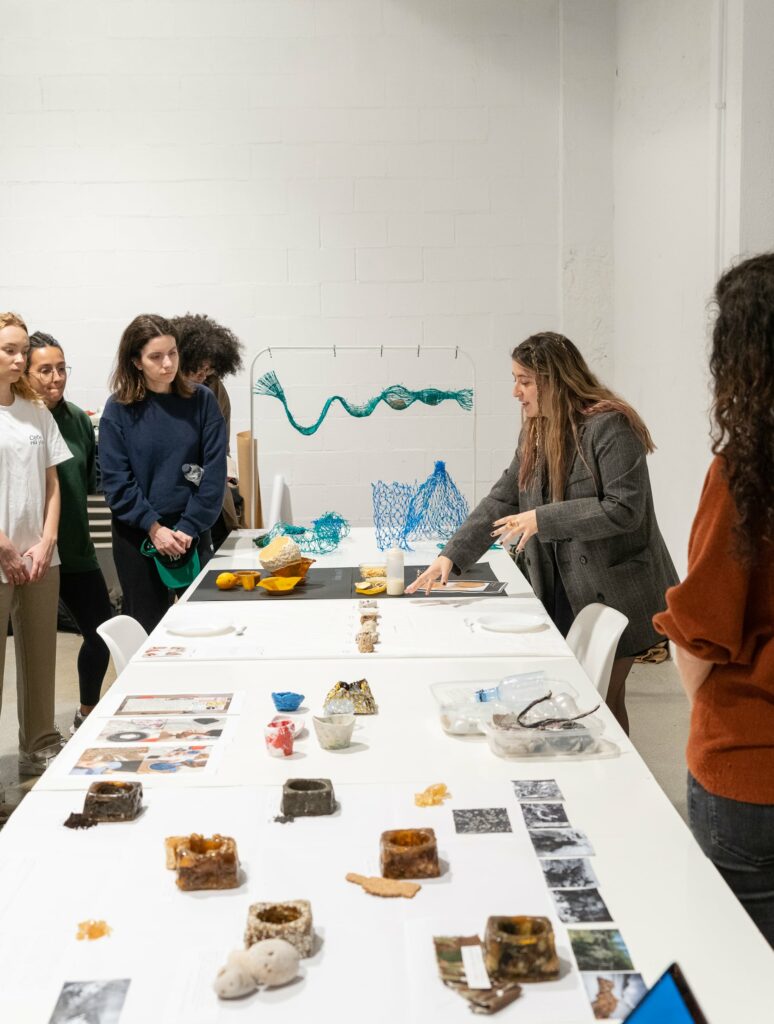
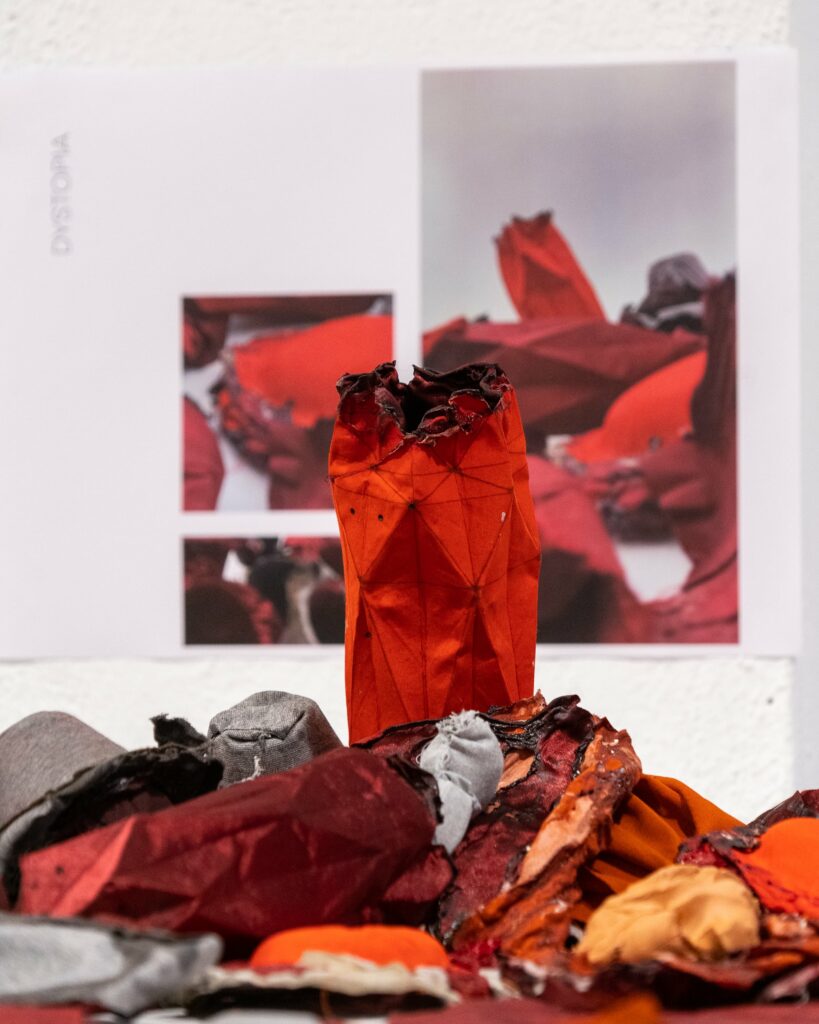
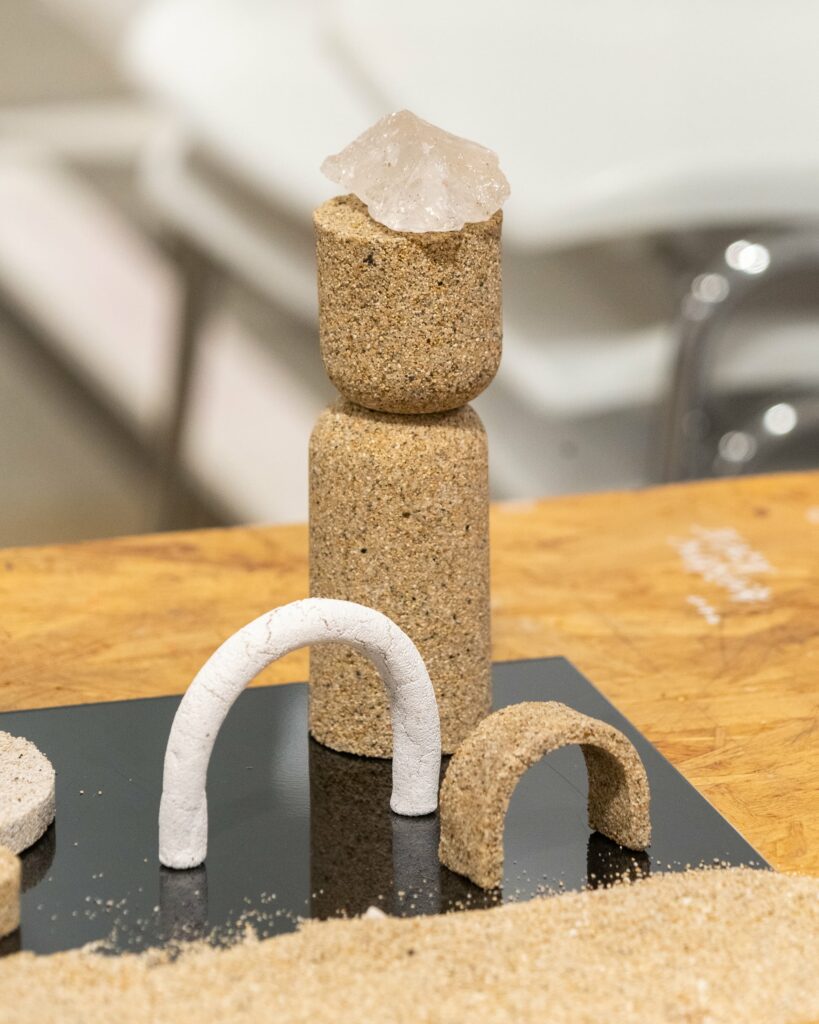
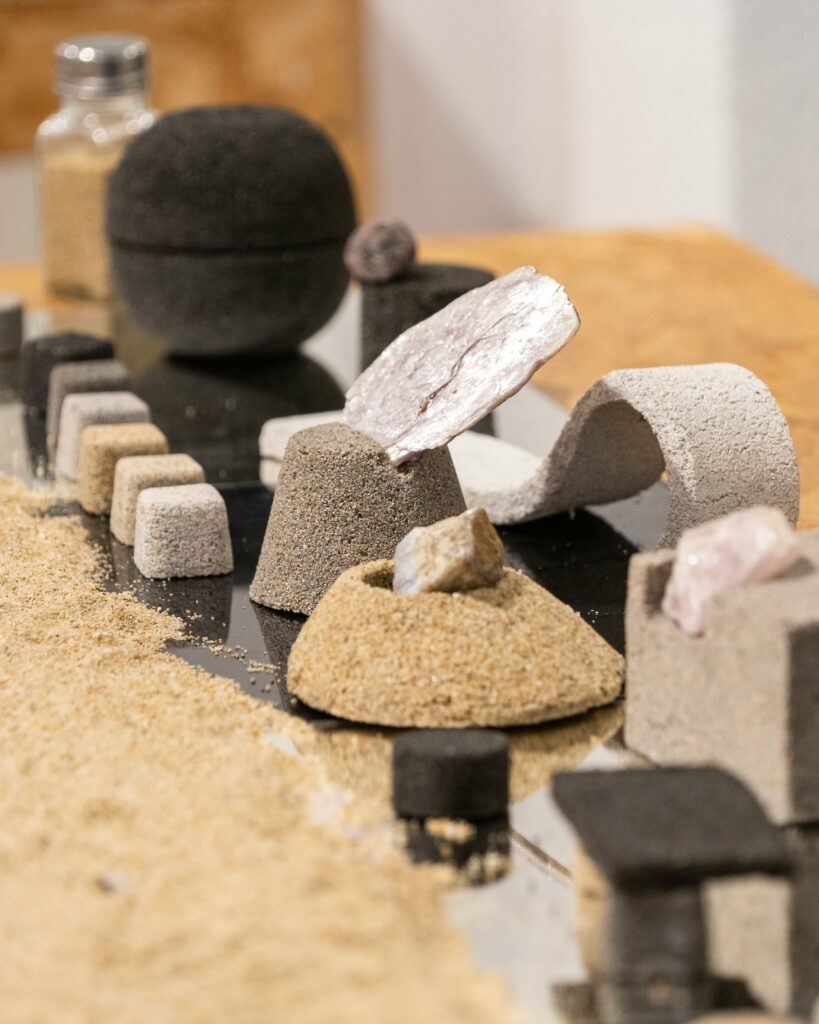

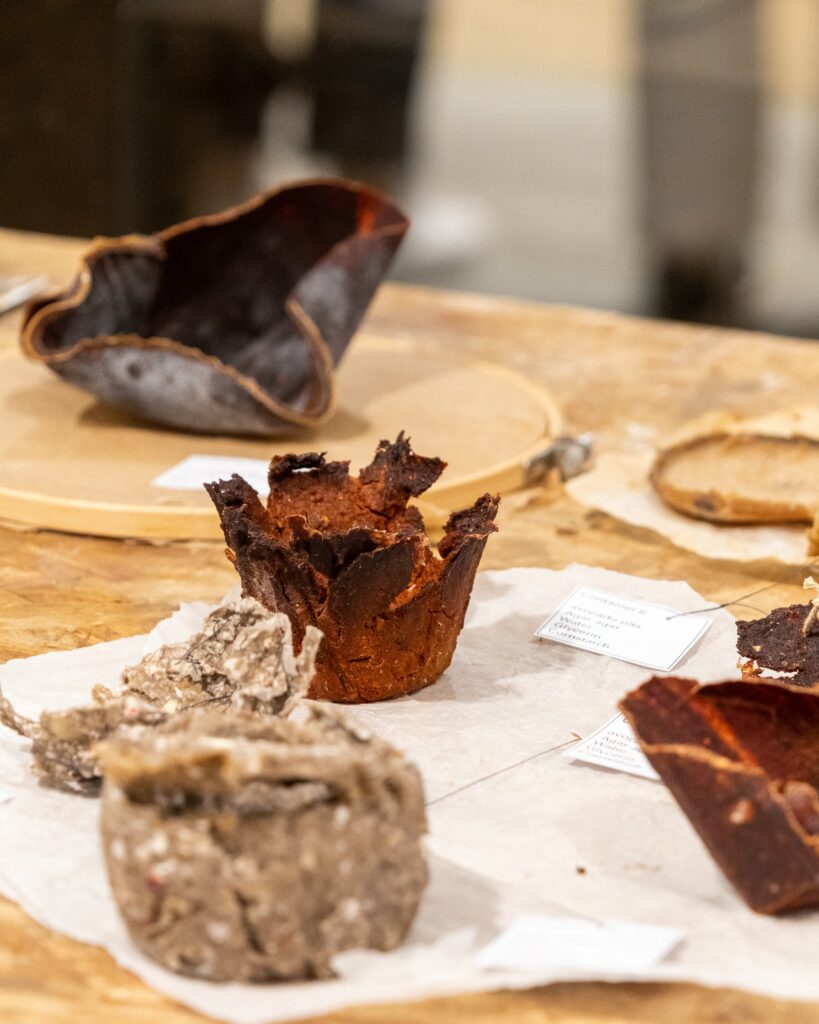
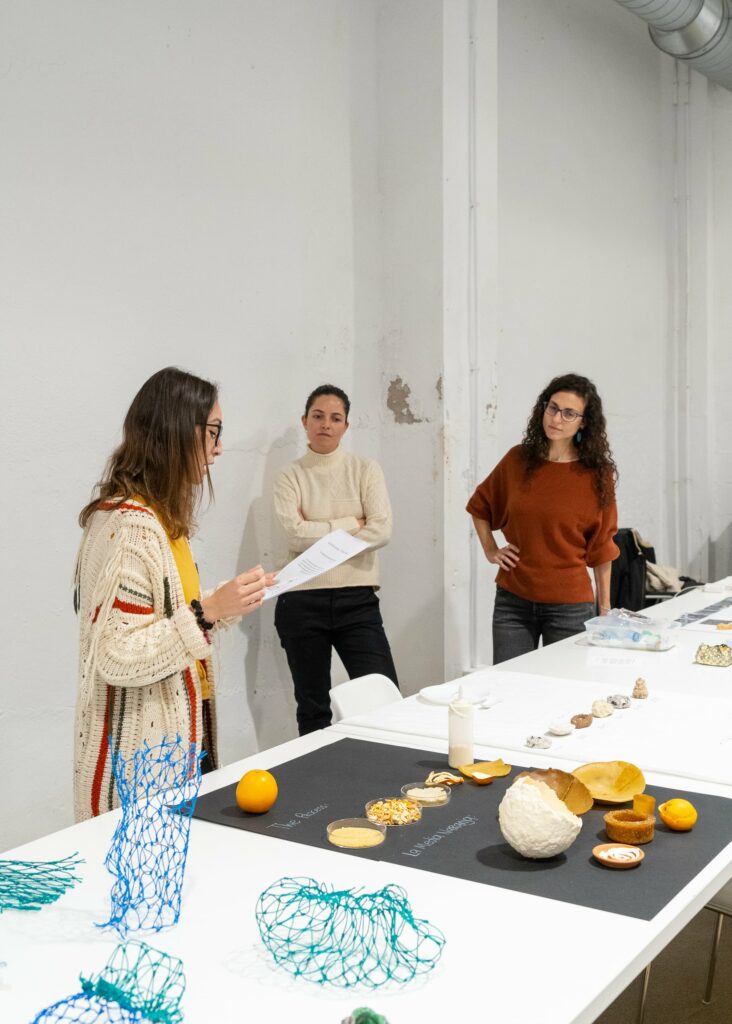
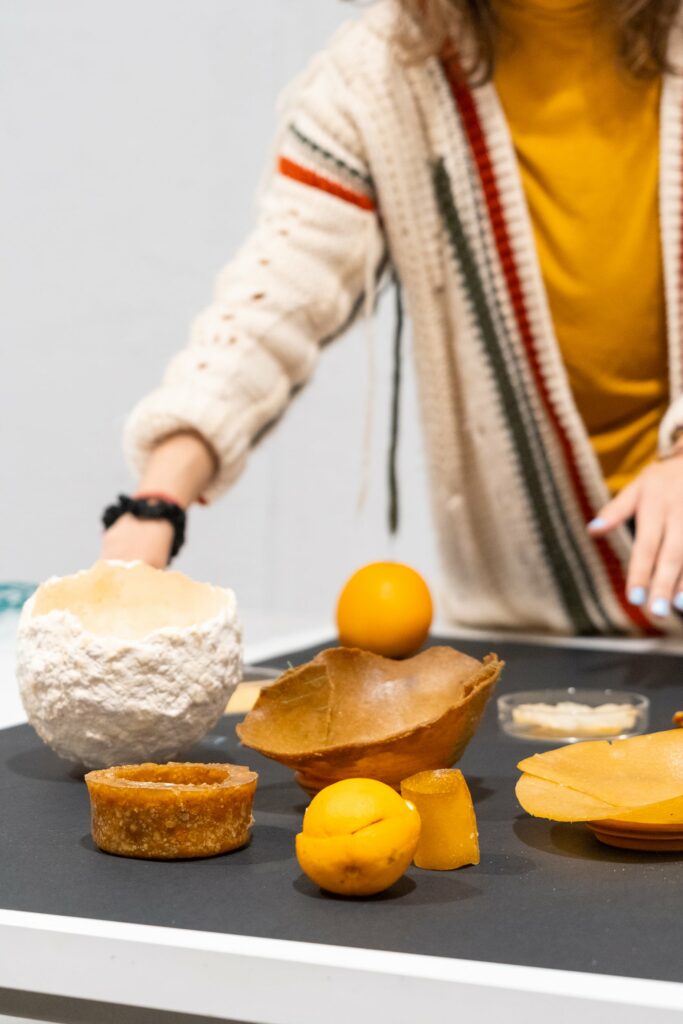
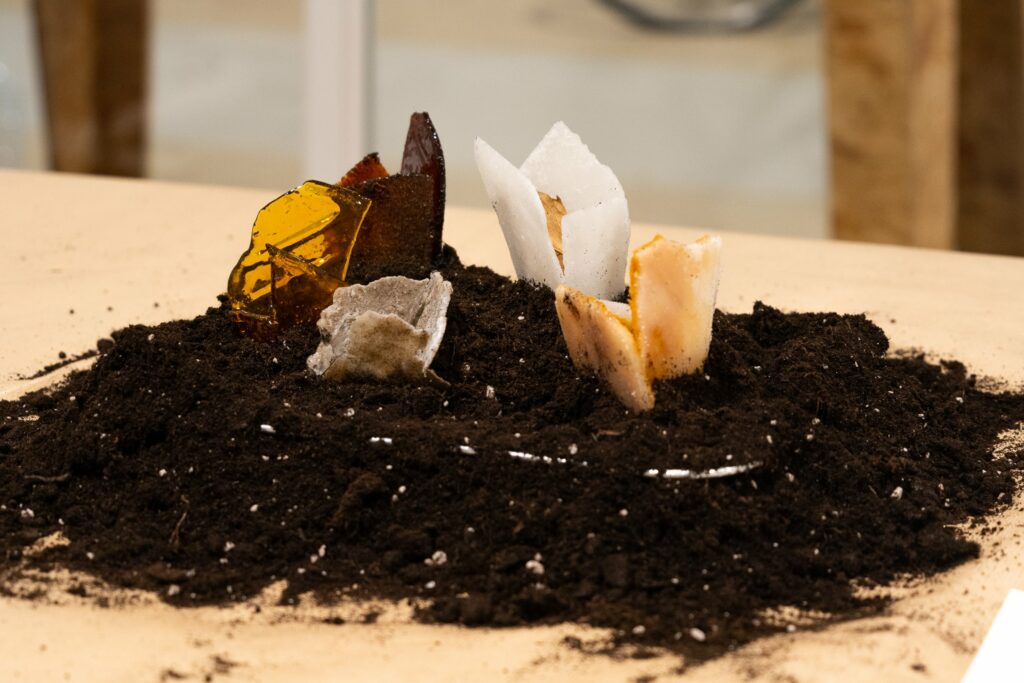
Con el apoyo de:

